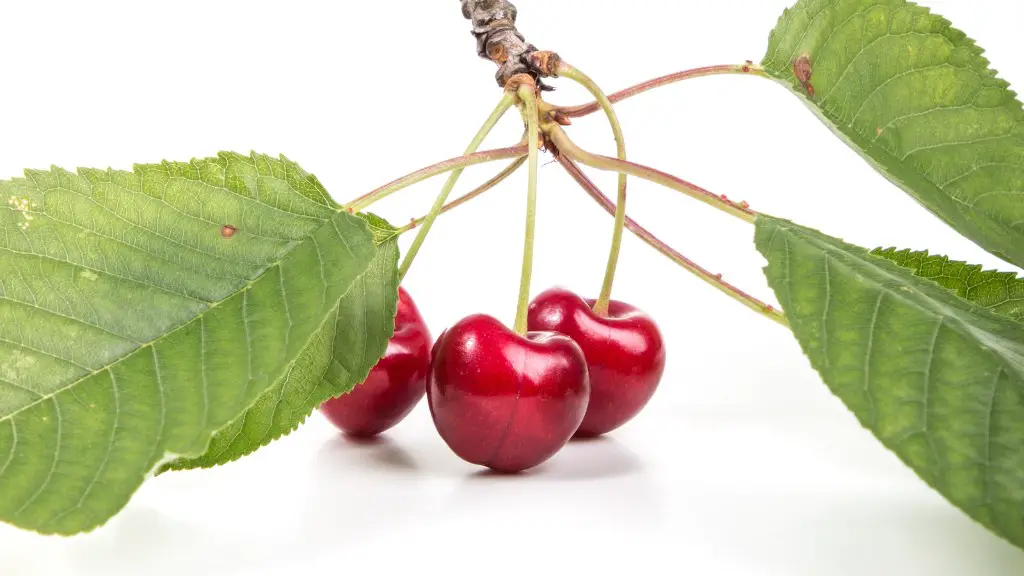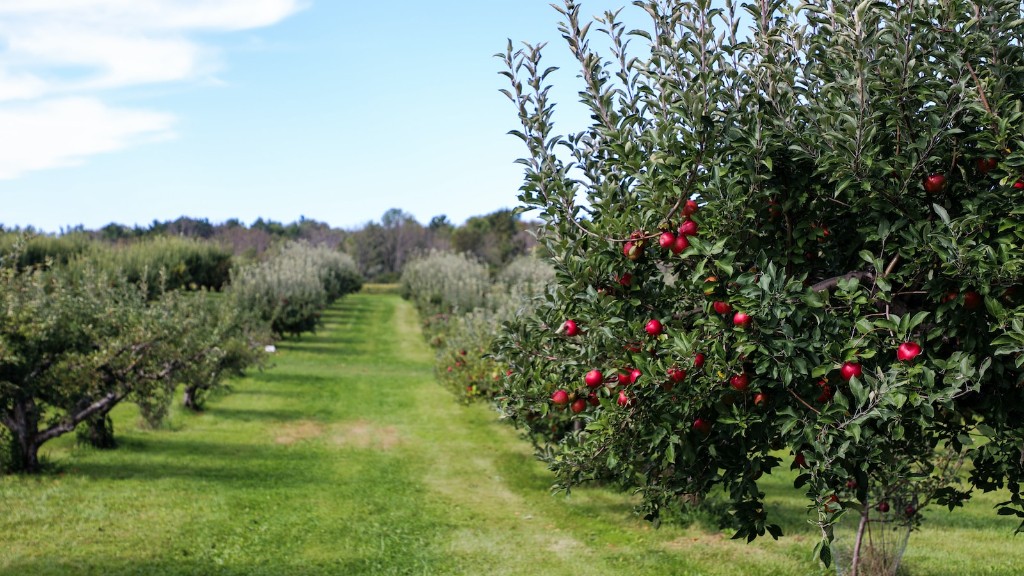Why doesn’t my Cherry Tree Blossom?
If you’ve ever looked out of your window and seen a forlorn cherry tree standing in your yard with its leaves and branches in perfect order, yet no sign of blooms or blossoms anywhere, then you’ve no doubt wondered why your cherry tree won’t blossom. While there could be a variety of reasons why the cherry tree you tend and care for isn’t showing its beautiful pink buds and flowers, there are ways to rectify the issue.
General Overview
Cherry trees require certain levels of temperature and humidity conditions to blossom, and since not all plants are able to survive in every climate, it is essential that you pay attention to the soil and weather conditions in your area when trying to ascertain why your tree is not flowering.
Cherry blossoms can also be affected by a lack of sunshine, and while most modern trees can technically bloom in partial shade, they ultimately do best in full sunlight and bright, sunny conditions.
Soil type is also essential when it comes to healthy trees and blooming flowers, since trees require mineral-rich, well-drained soils in order to receive the nutrients and water that it needs for optimal blooming cycles.
What May Be The Problem?
It is possible that your cherry tree was exposed to frost during its blossoming period, and in this instance, expect few flower buds to return. A healthy cherry tree should bloom for 6-8 weeks in late spring, and any frost exposure can affect this period.
A lack of fertility or poor soil conditions can also inhibit the cherry tree from blooming properly. Since cherry trees require an abundance of phosphorus and potassium, it is a good idea to add a slow-release fertilizer to the soil in early March or April, approximately four to six weeks before the blooming season kicks off. This will help to adequately nourish the tree and enhance its chances of flowering properly.
In some cases, the lack of blossom on a cherry tree may be caused by incorrect pruning, since pruning at the wrong time can encourage the growth of too much leafy foliage instead of flower buds.
Disease & Pests
Quite often, pests and diseases can be the culprit of why a cherry tree isn’t blooming, and in this case, it is important to inspect the tree for aphids or any other pests that may be affecting the tree’s overall health.
Alternatively, if the cherry tree exhibits yellowing or curling leaves, then it could be a more serious problem such as fungal diseases or pest infestations, and it is advisable to prune the affected areas to avoid the spread of any diseases.
There are also certain mice, voles and deer species that can cause destruction on cherry trees and damage their flowers, and although it can be difficult to keep them at bay, it is important to protect trees with a repellent solution or fencing for optimal health.
Inadequate Water Sources
Cherry trees need ample amounts of water for optimal growth, and a lack of water can prevent them from blooming. When this is the case, it is necessary to provide supplemental irrigation to the tree, either through a DIY hose system or automated sprinkler system. Cherry trees require a minimum of one inch of water each week to stay healthy.
Time Of Planting
It is also possible that the cherry tree wasn’t planted at the right time of year, since more mature trees take more time to become established and develop the right conditions for flowering. If your tree is still very young and hasn’t had much time to grow, then it may be a few more years until you get to witness its beautiful pink and white blooms.
Environmental Stressors
Environmental stressors such as air pollution, car exhaust, and soil compaction can all have a huge impact on a cherry tree’s ability to bloom adequately, and in some cases, the tree may need some extra assistance in the form of a supplementary fertilizer or soil amendment.
Cultivar Effect
The cultivar effect is also a major factor in why your cherry tree may be failing in terms of flowering, as certain varieties of cherries have various flowering demands and require specific care for optimal health.
If the tree is part of a new cultivar, then take notice of its particular requirements, as some trees may need more sunlight or added nutrients than other varieties.
Conclusion
In conclusion, when it comes to why a cherry tree isn’t blooming, there can be a number of possible reasons, and it is important to look at all of the environmental factors before you can make a determination. By understanding the causes of the problem and taking the right action, you can soon get your tree into healthy condition and enjoy its natural beauty.



